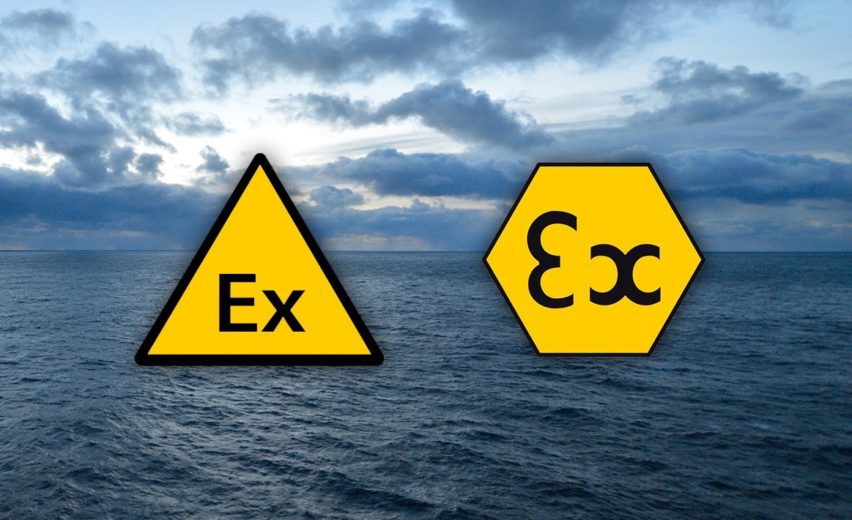The classification of explosive areas is crucial to ensure safety in environments where explosive atmospheres may be present.

What are Classified Areas?
Classified areas are the result of the presence of explosive atmospheres, which consist of flammable substances in the form of dust, gas, or vapor. When these substances mix with air, they create an environment prone to explosion risks.
How are Classified Areas Organized?
To organize and distinguish classified areas, they are divided into zones based on the nature and frequency of flammable substances present.
For gases and vapors, the classification ranges from 0 to 2, while for dust and fibers, the coding goes from 20 to 22. These zones establish different levels of hazard and assist in the identification and management of the involved risks.
Why is it important?
The classification of explosive areas is crucial to ensure safety in environments where explosive atmospheres may be present, such as chemical factories, refineries, oil and gas facilities, among others.
What are the main classification methodologies?
There are several methodologies adopted for the classification of hazardous areas, with the main ones being:
Standards and regulations: International standards and regulations, such as IEC 60079-10, and national standards, such as ABNT NBR IEC 60079-10, establish criteria and guidelines for the classification of hazardous areas. These standards provide a solid foundation for determining zones or divisions based on the probability and duration of explosive atmospheres’ presence.
Risk analysis: Risk analysis is a methodology used to identify, assess, and manage the risks associated with explosive atmospheres. It involves identifying ignition sources, the probability of explosive atmospheres’ occurrence, and evaluating potential adverse effects. Based on this analysis, it is possible to define classified areas.
Direct measurement: Direct measurement of explosive or flammable gases is another approach to classifying hazardous areas. Using gas detectors and appropriate measuring instruments, it is possible to identify and quantify the presence of flammable gases in a given location. This approach provides an accurate assessment of the actual environmental conditions and assists in defining classified areas.
Computational modeling: Computational modeling, through specific software, is an increasingly used methodology in the classification of hazardous areas. These programs consider parameters such as the emission rate of flammable gases, ventilation of the environment, gas dilution, and other relevant factors. Based on these calculations, it is possible to determine zones or divisions according to flammable gas concentrations.
It is important to note that the classification of hazardous areas should be carried out by qualified and experienced companies such as Comquality Engenharia, which have knowledge of applicable standards and regulations, as well as an understanding of the specific characteristics of the environment and materials present.
Currently considered the third certified company in Brazil according to the ABNT NBR IEC 60079-17 standard, which attests to the quality in the execution of services in explosive atmospheres, Comquality Engenharia has a prepared team for the development of optimized solutions, following best engineering practices, in harmony and compliance with the technical standards NBR IEC 60079 and its parts.